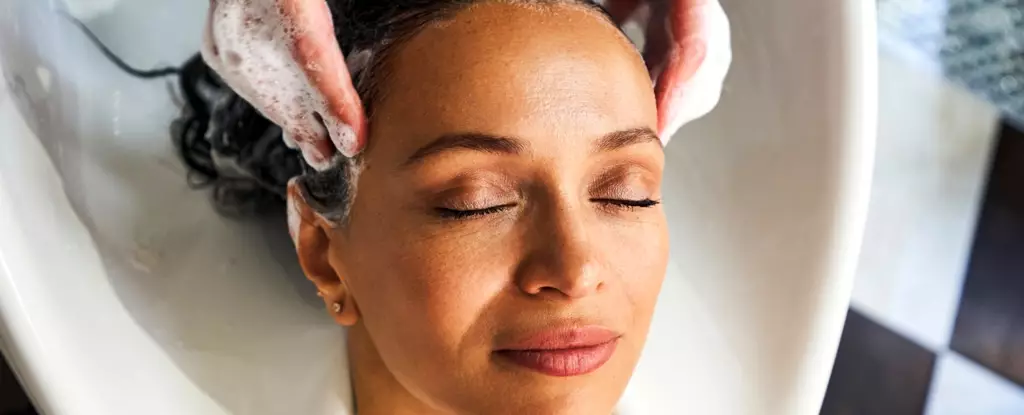Visiting a hair salon is often seen as a delightful escape from the everyday hustle—a chance to rejuvenate oneself. However, beneath the surface of this seemingly harmless activity lies a rare but serious condition known as Beauty Parlor Stroke Syndrome (BPSS). This article explores the complexities of BPSS, how it can affect individuals, and what precautions one can take to ensure that a salon visit remains a pleasant experience.
Beauty Parlor Stroke Syndrome is a neurological condition that can arise during hair treatments, particularly during the shampooing process. Officially recognized since 1993, it was first identified by neurologist Michael Weintraub. Since then, people have become more aware that the very act of leaning back in a washbasin can lead to severe health ramifications, including strokes—often thought to be conditions faced most commonly by older individuals with pre-existing medical conditions.
A stroke occurs when the blood supply to the brain is interrupted, either due to a blockage or a burst blood vessel. BPSS highlights the vulnerability associated with prolonged neck strain and awkward body positioning during hair washing. This condition doesn’t discriminate by age or health status; younger individuals without any known medical issues can also experience strokes under these unusual circumstances.
During the shampooing process, clients are typically seated with their head leaned backward, sometimes at an uncomfortable angle. This position can create undue strain on the neck, leading to a problematic alignment of vertebrae that may compress blood vessels in the cervical spine. Particularly, the vertebral arteries responsible for supplying blood to the brain can be pinched or torn, limiting essential blood flow.
The ease of a tranquil shampoo can be disrupted by sudden movements or an excessive force applied by the hairdresser. As such, individuals suffering from pre-existing conditions, including neck arthritis or narrowed blood vessels, may find themselves at even greater risk. Interestingly, small anatomical variations, such as bone spurs from spine issues, can not only exacerbate this risk but potentially lead to complications in seemingly healthy individuals.
While BPSS is relatively rare, being aware of its symptoms can be a life-saving measure. Those who experience BPSS might encounter a range of neurological signs, including intense headaches, dizziness, nausea, blurred vision, or even paralysis on one side of the body. These symptoms may not manifest immediately following a hair wash, making diagnosis challenging. The time lag between the shampoo procedure and the onset of symptoms can obscure the connection to the salon visit, complicating treatment and recognition.
Awareness surrounding BPSS is crucial for clients and salon professionals alike. Learning to recognize symptoms promptly can lead to immediate medical attention, which is vital for a better outcome in any stroke scenario.
The good news is that there are mitigating strategies one can adopt to minimize the risk of BPSS during salon visits. Many salons are willing to accommodate requests for a more comfortable shampoo experience. For instance, clients should feel empowered to ask for alterations in their positioning. Leaning forward rather than leaning back can alleviate neck strain significantly.
Furthermore, communicating discomfort with a stylist is essential; there’s no advantage in tolerating pain during what is meant to be a soothing service. Clients should be outspoken about requiring neck support during washes and consider requesting gentler techniques.
Salons can also play a proactive role by providing proper training for their staff about the possible complications of neck positioning and the importance of using light touch and care during shampoo services.
Despite the highlighted risks, it is crucial to remember that visiting a hair salon offers immense benefits for one’s mental health and self-esteem. The joy of personal grooming contributes to a sense of well-being that should not be overlooked. By adopting precautionary measures and maintaining open dialogues with salon professionals, individuals can continue to enjoy hair treatments without undue fear or concern.
Ultimately, awareness is key. Knowledge of BPSS allows for a measured approach to salon visits, ensuring that these services remain an enjoyable aspect of self-care rather than a health risk. So, the next time you settle into that salon chair, remember to advocate for your comfort—it’s essential for enjoying a truly pampering experience.

